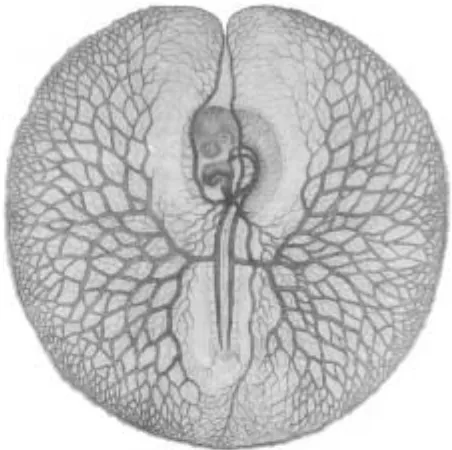From eggs to fossils: epigenesis and transformation of species in Pander's biology
Full text
Figure



Related documents
sponges, the number of species recorded at Porto Ce- sareo is comparable to that reported for other sites on the Tyrrhenian coast (Sarà, 1962; Sarà & Melone, 1963). The
stream of loosely supervised youths, lacking in language and coping skills” into communities where they are “ripe for recruitment.” In late March 2017, The Washington Post
✓ development of economic inclusion programmes that include promotion of self-employment (through savings, skills training, provision of loans and access to local
5.2 Distribution of word senses in the data In the literature it has been stated that AL implic- itly alleviates the class imbalance problem by ex- tracting more balanced data
[9] ——, “On the existence of supervisory policies that enforce liveness in discrete-event dynamic systems modeled by controlled Petri nets,” IEEE Transactions on Automatic
The only allochthonous species Corythuca arcuata (Say), inci- dentally introduced in Italy in 2000 (Bernardinelli and Zandigiacomo, 2000), was collected in all the
The aims of the present study were to: (1) evaluate carcass and meat quality characteristics of pork produced using two strategies aiming to reduce the stress on farm:
However, we also find that moves away from job growth did not specifically impact economic outcomes – our models suggest that there is essentially no effect of employment proximity